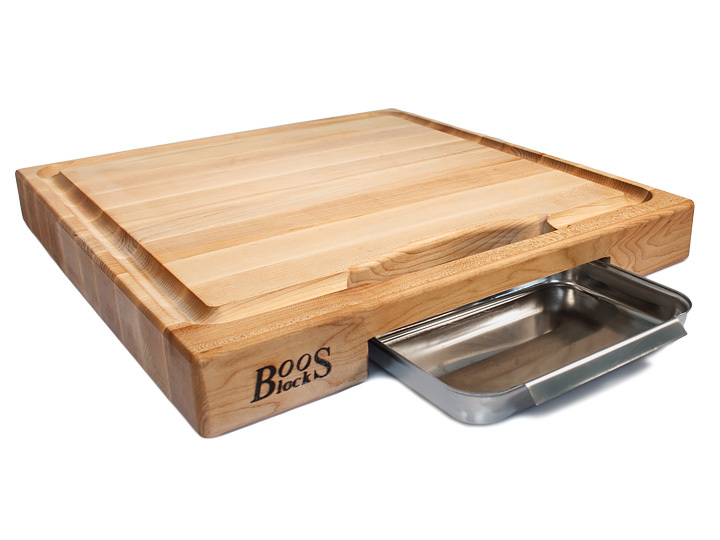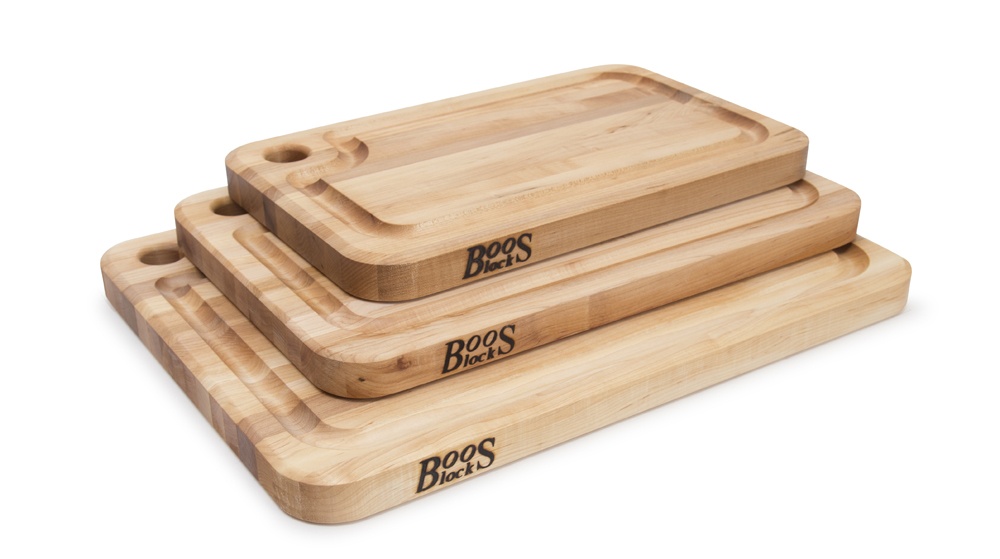In today’s global economy, temperature controlled storage plays a critical role across various industries, ensuring the safety, quality, and integrity of perishable and sensitive goods. From pharmaceuticals to food and electronics, maintaining products within specific temperature ranges is essential to comply with regulatory requirements and meet consumer expectations. This article explores what temperature controlled storage is, its key benefits, the industries that rely on it, and the challenges and innovations shaping its future.
What is Temperature Controlled Storage?
Temperature controlled storage refers to storage facilities or units that are specifically designed to maintain a consistent temperature range, regardless of external weather conditions. These environments can be refrigerated, frozen, or even heated, depending on the nature of the goods stored. Common types of temperature controlled storage include cold storage (for chilled and frozen goods), climate-controlled warehouses, and portable refrigerated containers.
Advanced temperature controlled storage systems often include humidity control, real-time monitoring, and automated alerts to ensure that environmental conditions remain within set parameters. This level of precision is particularly important for goods that are highly sensitive to temperature fluctuations.
Key Benefits
Product Integrity and Quality
For many products, especially perishable items, temperature consistency is vital. For example, fruits and vegetables require cold storage to remain fresh, while pharmaceuticals such as vaccines need specific temperature ranges to maintain their efficacy. Temperature controlled storage prevents spoilage, degradation, and contamination, ensuring that goods arrive in optimal condition.
Regulatory Compliance
Many industries, especially food and pharmaceuticals, are governed by strict regulatory standards. Agencies such as the Food and Drug Administration (FDA) and World Health Organization (WHO) mandate proper storage conditions to ensure consumer safety. Temperature controlled storage helps businesses comply with these regulations, avoiding penalties and maintaining credibility.
Extended Shelf Life
Proper storage conditions can significantly extend the shelf life of products. This is especially beneficial in reducing waste, optimizing inventory turnover, and improving overall operational efficiency.
Supply Chain Reliability
Temperature controlled logistics and storage contribute to a more reliable supply chain. Products can be transported and stored over longer distances and durations without compromising quality, enabling businesses to serve broader markets.
Key Industries Using Temperature Controlled Storage
Food and Beverage
The food industry is one of the largest users of temperature controlled storage. From raw ingredients to finished products like dairy, meat, seafood, and frozen meals, maintaining cold chain logistics is essential to prevent spoilage and ensure food safety.
Pharmaceuticals and Healthcare
Medicines, vaccines, biologics, and blood products require strict temperature control throughout the storage and distribution process. Even slight deviations can render these products ineffective or dangerous. Cold storage facilities that meet Good Distribution Practices (GDP) are crucial in this sector.
Cosmetics and Personal Care
Certain beauty and skincare products are sensitive to temperature and humidity, which can affect their composition, effectiveness, and shelf life. Climate-controlled storage ensures product stability and consistency.
Electronics
High-value electronics and components can be damaged by temperature extremes or moisture. Controlled environments help protect these items from degradation, especially during long-term storage.
Art and Antiques
Museums, galleries, and private collectors use temperature and humidity controlled storage to preserve valuable artworks, manuscripts, and historical artifacts.
Challenges in Temperature Controlled Storage
Despite its advantages, temperature controlled storage comes with its own set of challenges:
High Energy Costs: Maintaining constant temperatures, especially in large facilities, requires significant energy consumption. This not only increases operational costs but also raises environmental concerns.
Technology Investment: The need for advanced monitoring systems, backup power supplies, and modern insulation technologies requires a substantial initial investment.
Logistical Complexity: Coordinating temperature control throughout the entire supply chain—from production to delivery—requires careful planning and reliable infrastructure.
Risk Management: Power failures, equipment malfunctions, or human errors can lead to temperature deviations, resulting in significant financial and reputational damage.
Innovations and Future Trends
To address these challenges, the industry is embracing several innovations:
IoT and Smart Monitoring: Internet of Things (IoT) devices enable real-time tracking of temperature, humidity, and other environmental parameters, with automated alerts in case of deviations.
Sustainable Solutions: Solar-powered refrigeration units and eco-friendly insulation materials are helping to reduce the carbon footprint of temperature controlled storage.
Automation and Robotics: Automated systems can improve inventory management and reduce the margin of human error, enhancing efficiency and safety.
Blockchain Technology: Used for creating transparent and immutable records of storage conditions throughout the supply chain, enhancing trust and traceability.
Conclusion
Temperature controlled storage is a cornerstone of modern logistics and supply chain management. Its importance will only grow as industries face increasing demands for quality, compliance, and sustainability. By investing in reliable infrastructure and embracing technological innovation, businesses can ensure the safe and efficient storage of temperature-sensitive goods, ultimately supporting consumer health and satisfaction.








